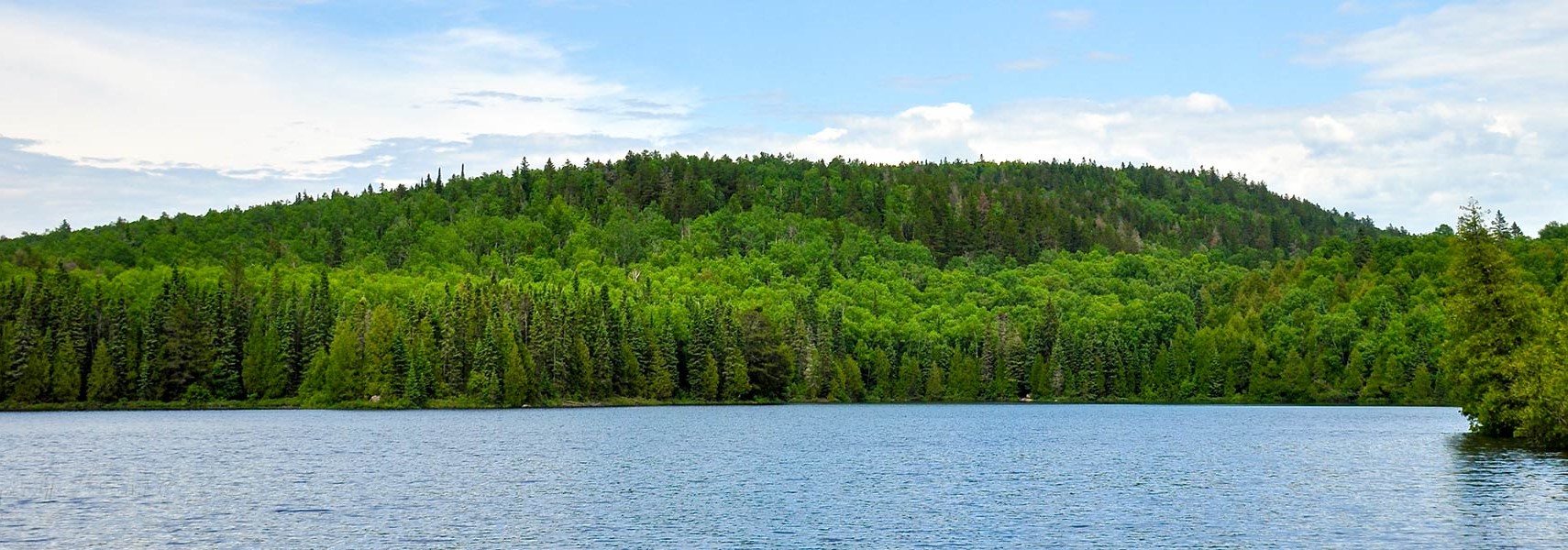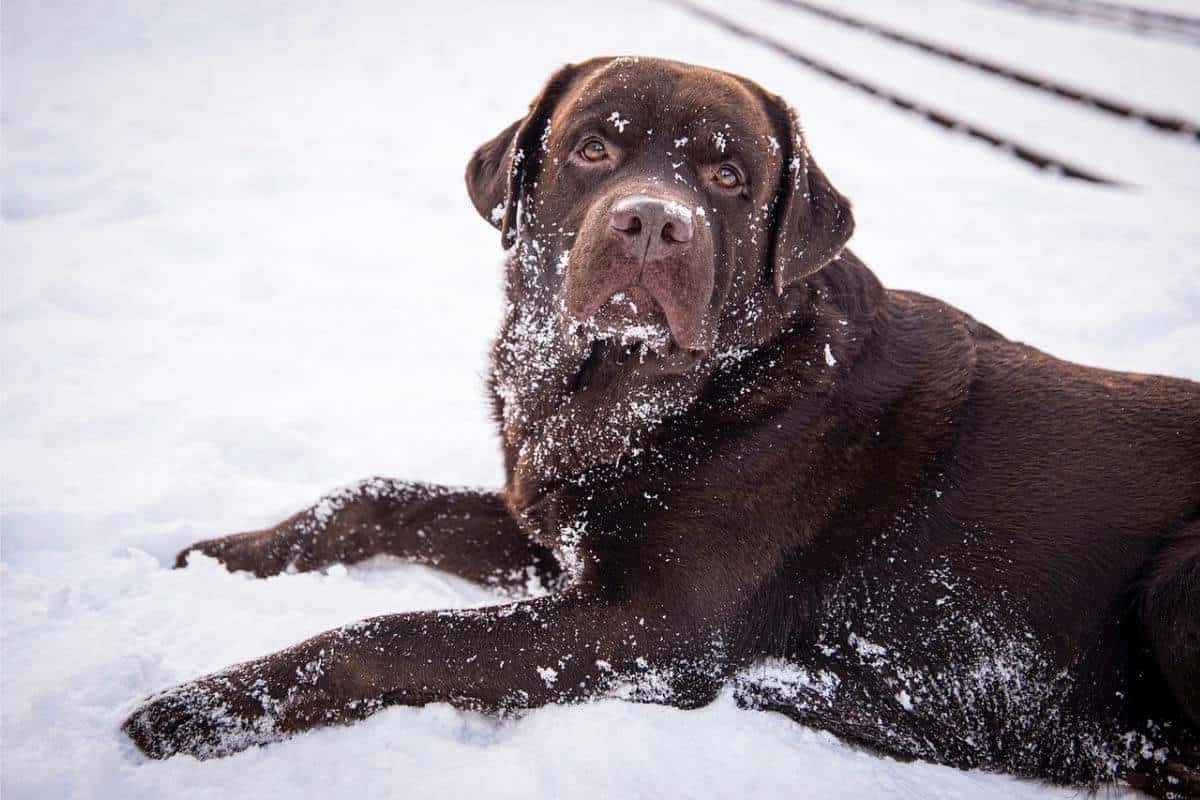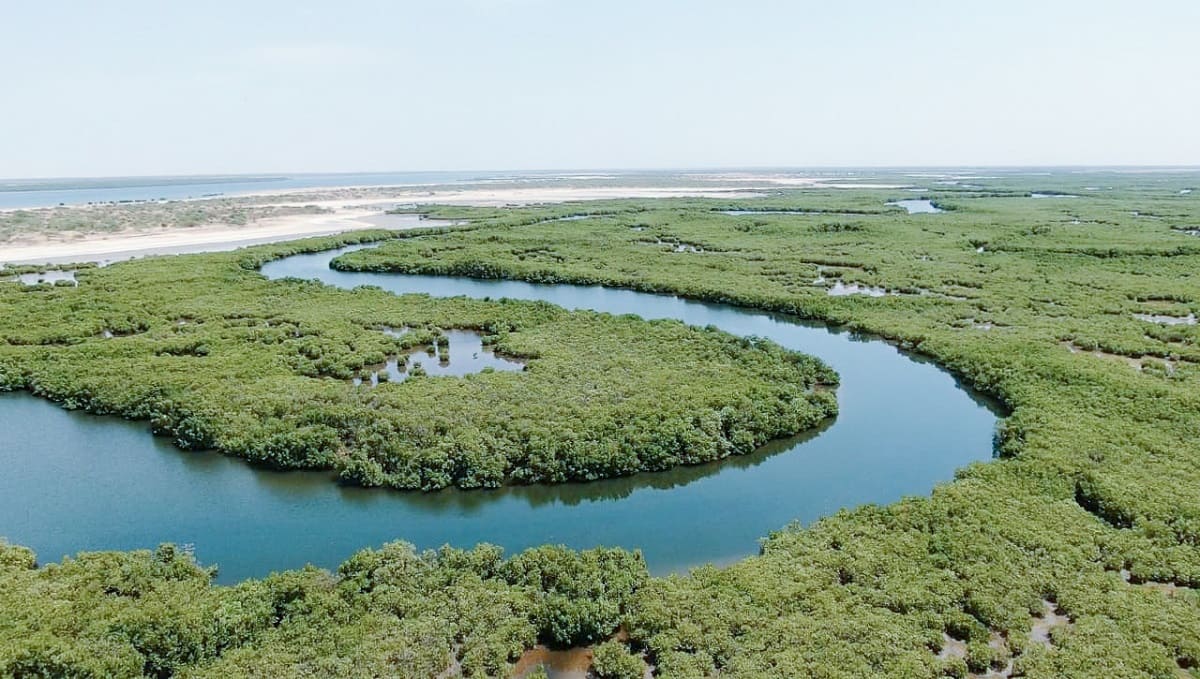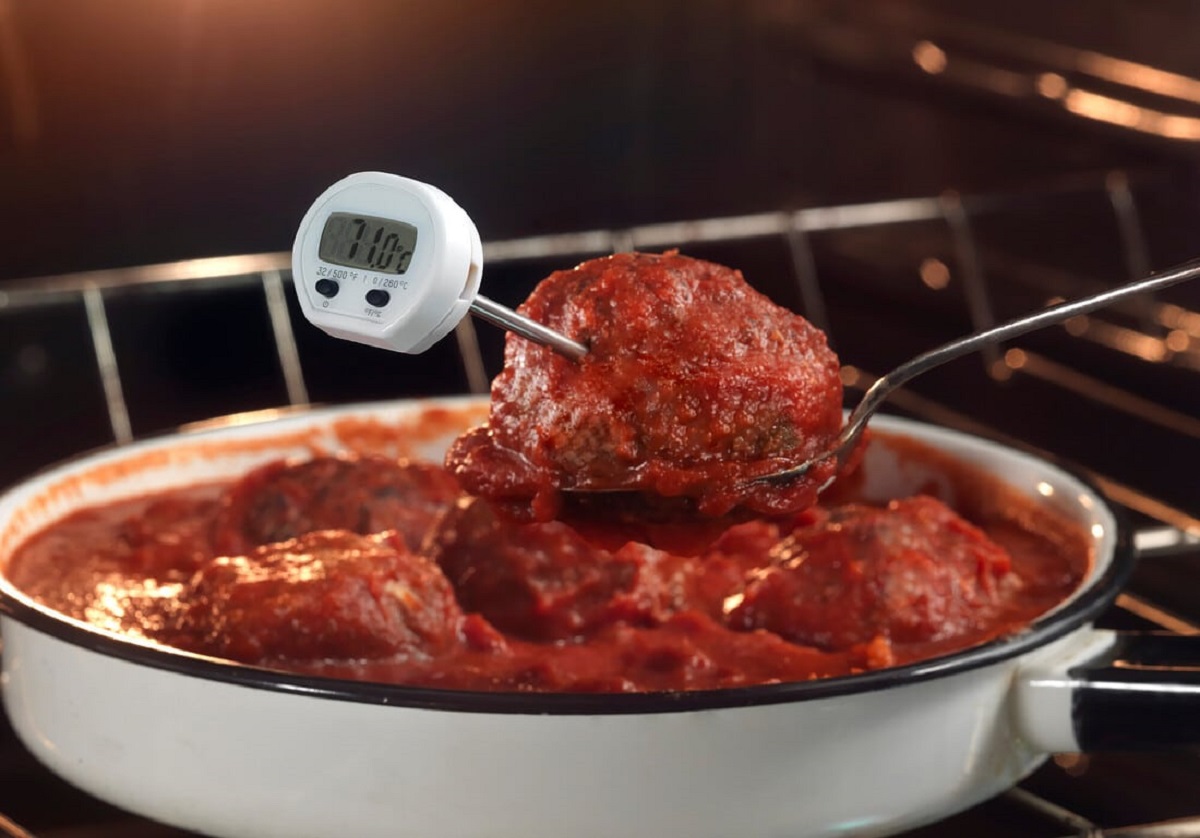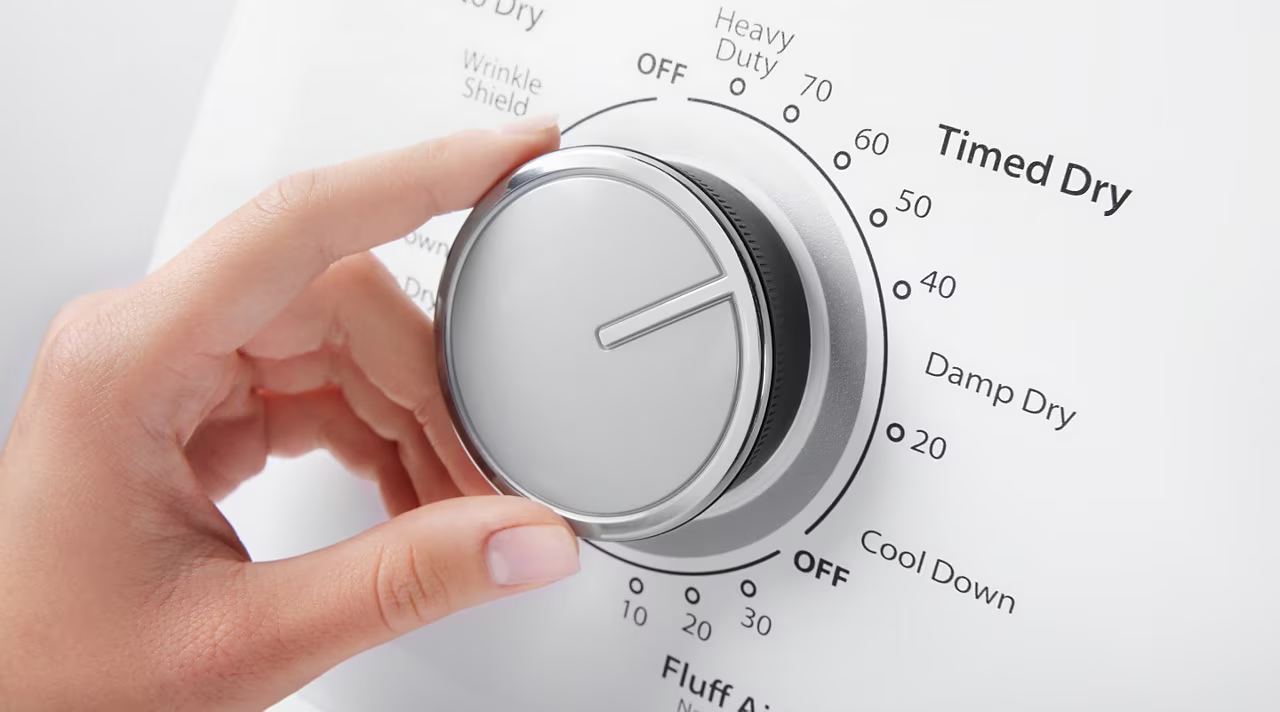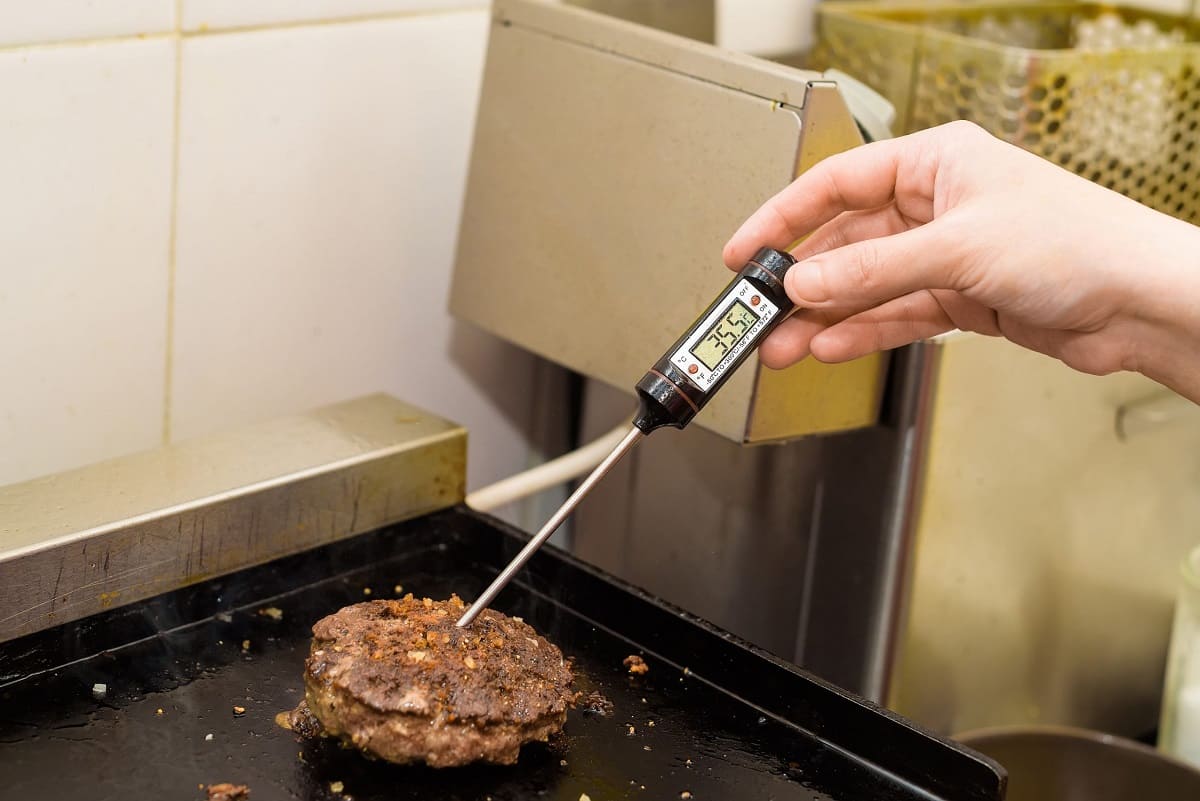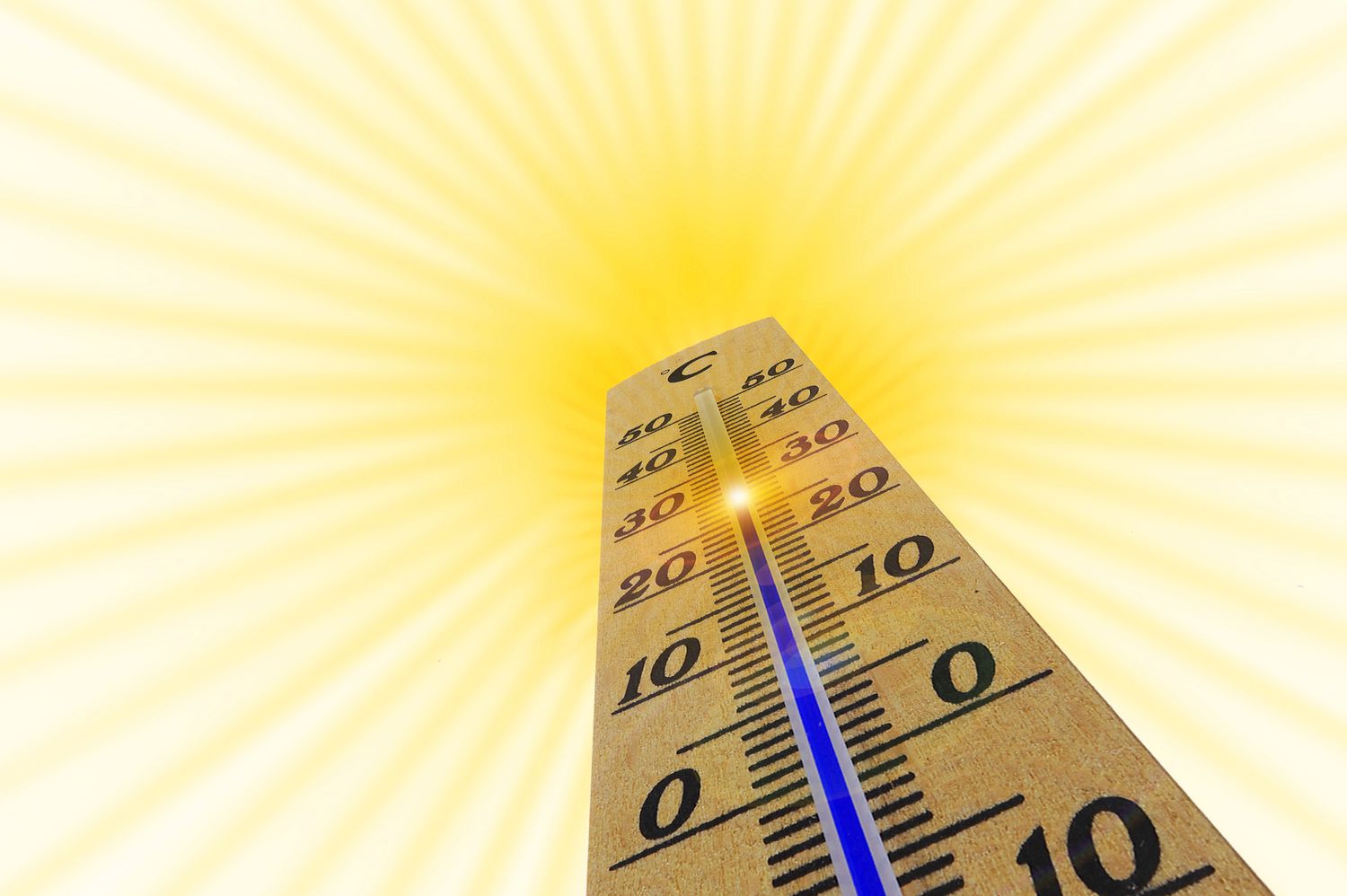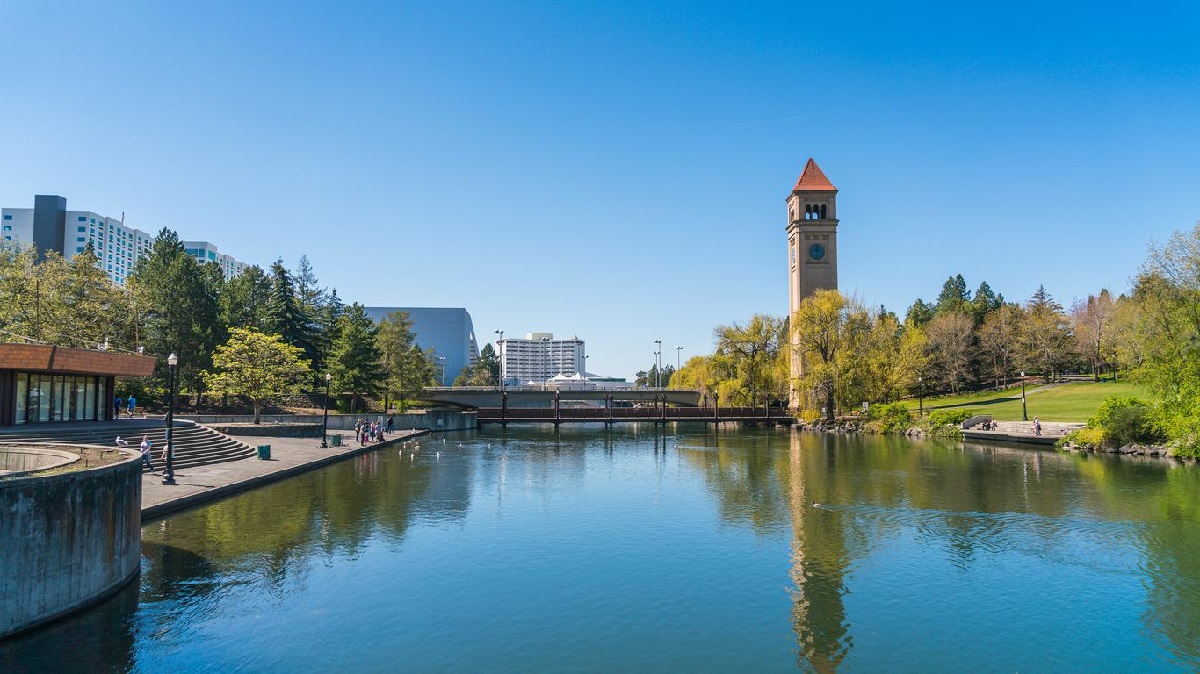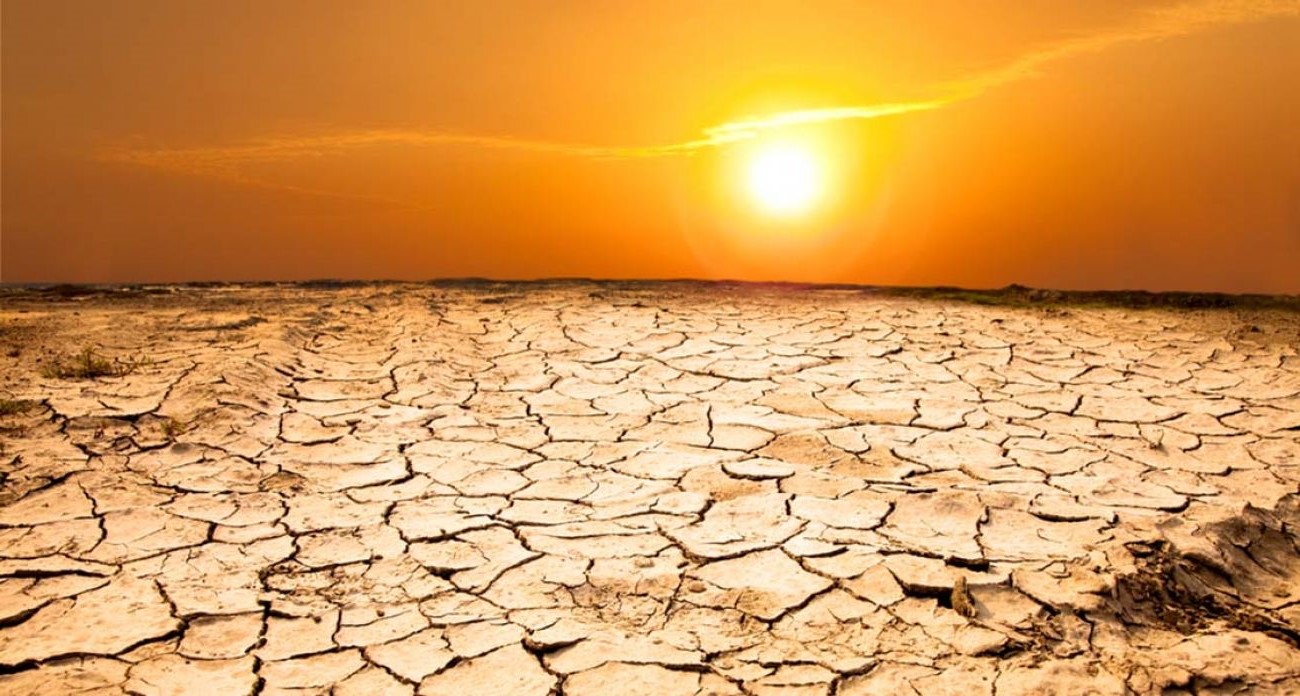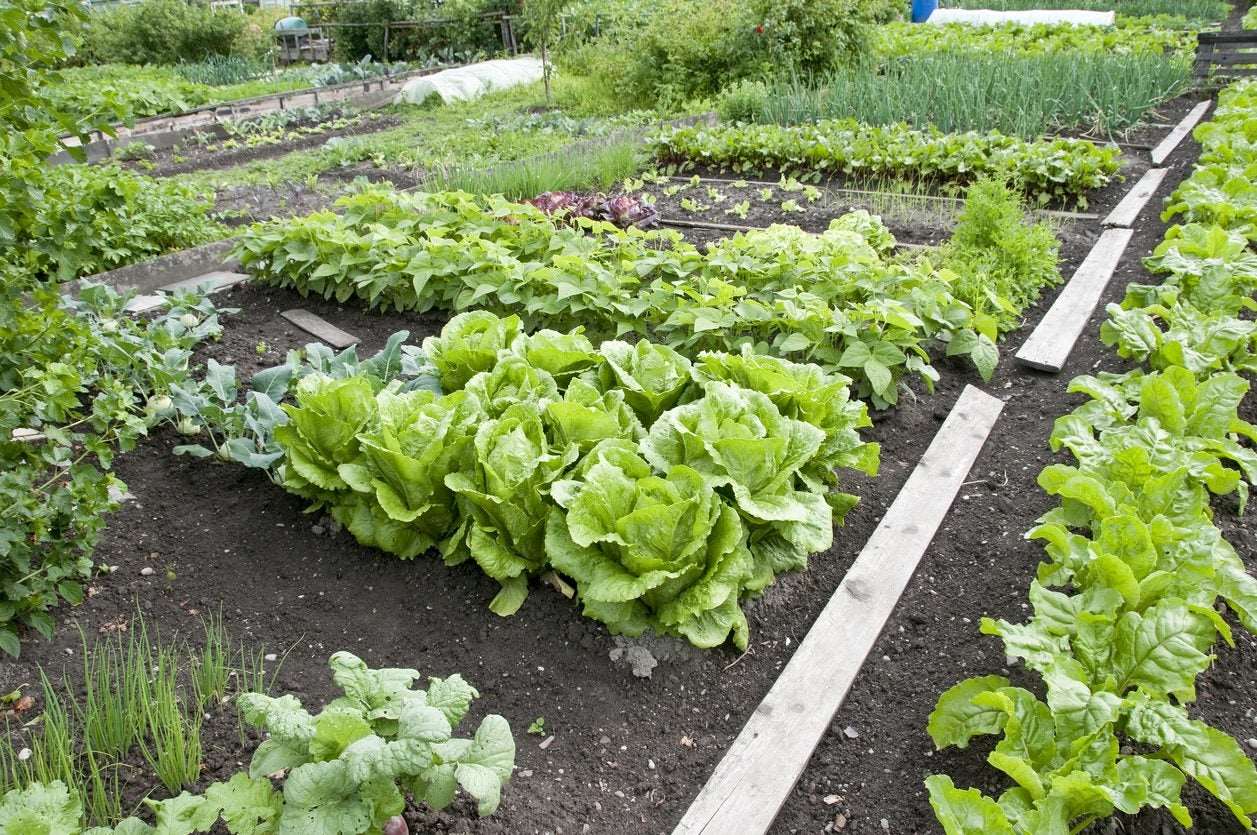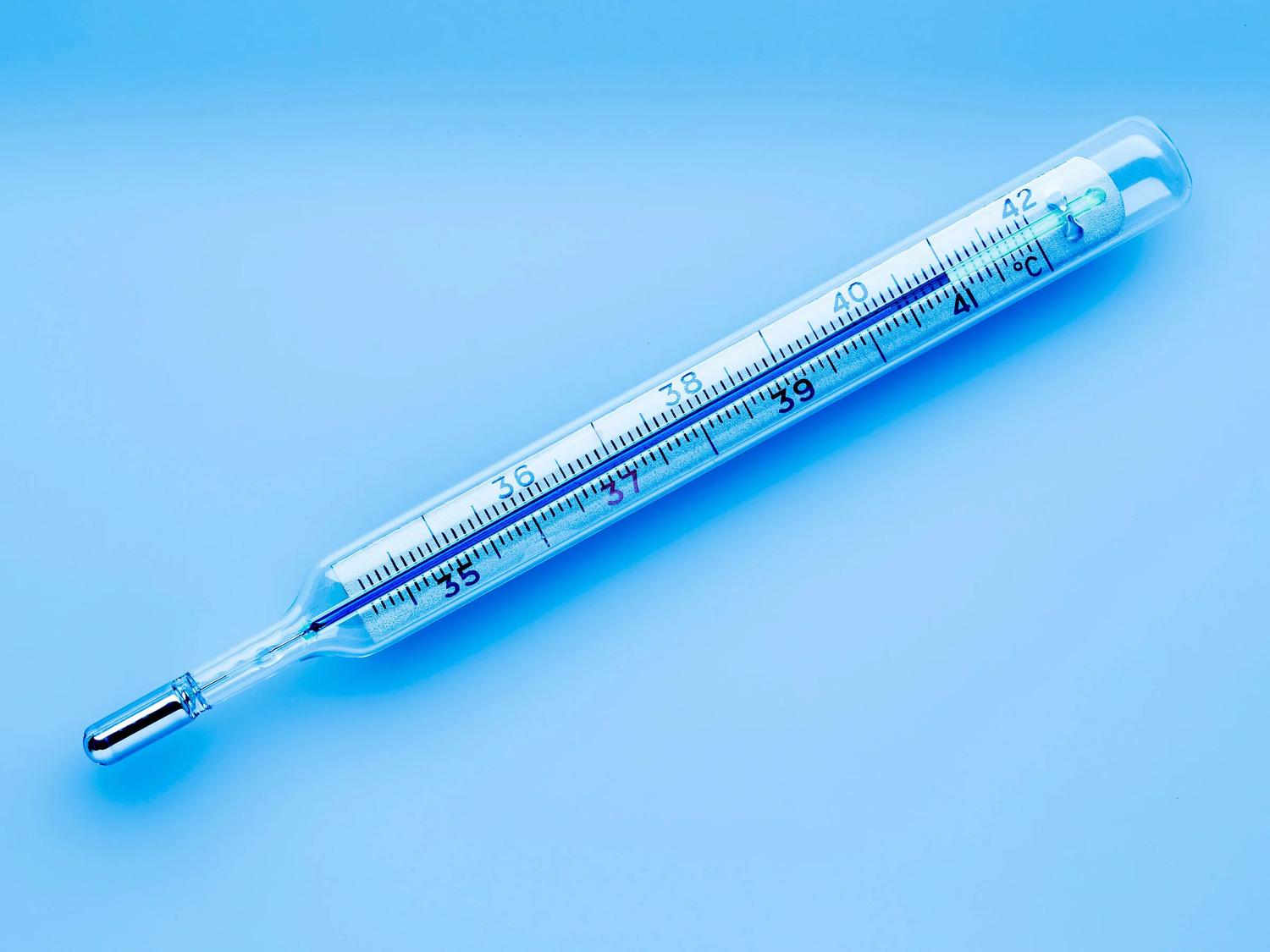Home>Weather and Climate>Preventing Frozen Pipes: Understanding The Temperature Threshold
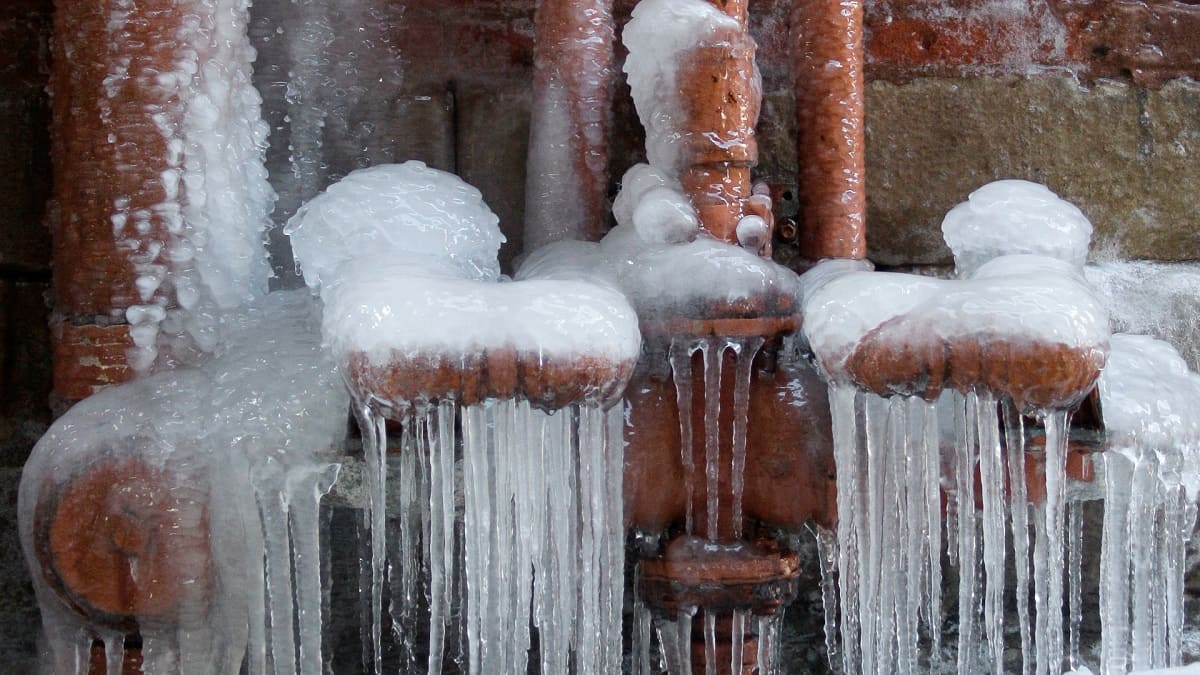

Weather and Climate
Preventing Frozen Pipes: Understanding The Temperature Threshold
Published: March 2, 2024
Learn how weather and climate affect the risk of frozen pipes and discover the temperature threshold for preventing this common winter issue. Protect your home with expert tips and advice.
(Many of the links in this article redirect to a specific reviewed product. Your purchase of these products through affiliate links helps to generate commission for Temperatures.com, at no extra cost. Learn more)
Table of Contents
Introduction
Understanding the potential risks associated with freezing pipes is crucial for homeowners and property managers, especially in regions where cold weather is a common occurrence. When temperatures plummet, the water inside pipes can freeze, leading to significant damage and costly repairs. This article aims to shed light on the science behind freezing pipes, the factors influencing the temperature threshold, signs indicating potential freezing, and effective preventive measures to safeguard your plumbing system.
By delving into the intricate relationship between temperature and pipe integrity, we can gain valuable insights into how to protect our homes and properties from the detrimental effects of frozen pipes. Whether you reside in a frigid climate or are preparing for an unexpected cold snap, the knowledge shared in this article will empower you to take proactive measures and mitigate the risks associated with frozen pipes.
Let's embark on a journey to explore the fascinating world of weather and climate, and how it intersects with the infrastructure of our homes and buildings. Together, we will unravel the mysteries of freezing pipes and equip ourselves with the knowledge needed to safeguard our plumbing systems.
The Science of Freezing Pipes
When temperatures plummet, the water inside pipes becomes susceptible to freezing, setting off a chain of potentially damaging consequences. The science behind freezing pipes is rooted in the fundamental properties of water and the behavior of materials under different temperature conditions.
Water, unlike most substances, contracts as it freezes. This unique characteristic exerts immense pressure on the walls of the containing vessel, in this case, the pipes. As the temperature drops, the water within the pipes transitions from a liquid to a solid state, causing it to expand. This expansion generates significant force, exerting pressure on the pipe walls. If the pressure becomes too great, the pipe may succumb to the stress, resulting in cracks or bursts.
Furthermore, the rate at which heat transfers from the surroundings to the pipes plays a pivotal role in the freezing process. In colder environments, the heat from the water inside the pipes dissipates into the surrounding air, causing the temperature of the water to drop. As the water approaches the freezing point, ice crystals begin to form, initiating the solidification process. This phenomenon occurs first near the walls of the pipes, where the heat loss is most pronounced, eventually spreading throughout the water volume.
The type of material comprising the pipes also influences their susceptibility to freezing. Metal pipes, such as copper or steel, conduct heat more effectively than plastic pipes. Consequently, metal pipes are more prone to freezing as they facilitate the transfer of heat from the water to the surrounding environment. Conversely, plastic pipes, with their lower thermal conductivity, offer a degree of insulation, reducing the rate of heat loss and providing a level of protection against freezing.
Understanding the science of freezing pipes is essential for implementing effective preventive measures. By comprehending the underlying principles governing the freezing process, homeowners and property managers can proactively safeguard their plumbing systems against the potentially devastating effects of frozen pipes.
Factors Affecting the Temperature Threshold
The temperature threshold at which pipes are susceptible to freezing is influenced by a myriad of factors, each playing a crucial role in determining the vulnerability of plumbing systems to the detrimental effects of cold weather. Understanding these factors is paramount in devising effective strategies to prevent frozen pipes and mitigate potential damage.
-
Insulation Quality: The level of insulation surrounding the pipes is a primary determinant of the temperature threshold at which freezing may occur. Well-insulated pipes are better equipped to withstand lower temperatures, as the insulation acts as a barrier, reducing heat loss and maintaining the water temperature above the freezing point.
-
Exposure to Cold Air: Pipes located in unheated or poorly insulated areas, such as attics, basements, or crawl spaces, are at a higher risk of freezing. The proximity to cold air and the absence of adequate heating exacerbate the likelihood of the water inside the pipes reaching the freezing point.
-
Outdoor Temperature Fluctuations: Variations in outdoor temperatures can significantly impact the temperature threshold for freezing pipes. Prolonged periods of extreme cold, coupled with abrupt temperature fluctuations, can expedite the freezing process, especially in vulnerable areas of the plumbing system.
-
Pipe Material: The material composition of the pipes directly influences their susceptibility to freezing. As mentioned earlier, metal pipes, with their higher thermal conductivity, are more prone to freezing than plastic pipes. Additionally, the diameter and thickness of the pipes also contribute to their ability to withstand low temperatures.
-
Water Flow: The flow of water through the pipes can affect the temperature threshold for freezing. Stagnant water is more likely to freeze at higher temperatures compared to flowing water. Therefore, areas of the plumbing system with low water flow, such as infrequently used outlets, are at an increased risk of freezing.
-
Heating System Efficiency: The effectiveness of the heating system in maintaining adequate indoor temperatures directly impacts the temperature threshold for freezing pipes. Inadequate heating or malfunctioning heating systems can lead to a rapid drop in indoor temperatures, elevating the risk of frozen pipes.
By considering these factors and their collective influence on the temperature threshold for freezing pipes, homeowners and property managers can proactively assess the vulnerabilities of their plumbing systems and implement targeted measures to prevent frozen pipes. Through a comprehensive understanding of these factors, individuals can fortify their properties against the perils of cold weather and safeguard their plumbing infrastructure.
Signs of Potential Freezing
Recognizing the signs indicating potential freezing within your plumbing system is crucial for taking timely preventive action and averting the damaging consequences of frozen pipes. By remaining vigilant and attuned to the subtle indicators of impending freezing, homeowners and property managers can proactively address vulnerabilities within their plumbing infrastructure. Here are the key signs to watch for:
-
Reduced Water Flow: One of the initial indicators of potential pipe freezing is a noticeable reduction in water flow from faucets or showerheads. As the water inside the pipes approaches the freezing point, it may begin to constrict, leading to diminished water flow. If you observe a sudden decrease in water pressure or flow, it could signal the onset of freezing within the plumbing system.
-
Unusual Odors: The presence of unusual odors emanating from faucets or drains can be indicative of potential freezing. When pipes are on the verge of freezing, the trapped air within the system may produce peculiar odors, signaling a disruption in the normal flow of water. If you detect unfamiliar smells, it may be a warning sign of impending freezing within the pipes.
-
Frost on Exposed Pipes: In colder areas of the home, such as basements, crawl spaces, or unheated attics, inspect the exposed pipes for the presence of frost or condensation. Frost accumulation on the exterior of pipes is a clear indication of low temperatures within the vicinity, suggesting a heightened risk of freezing. Identifying frost on the pipes prompts immediate attention to prevent further escalation.
-
Unusual Sounds: Pay attention to any unusual sounds emanating from the plumbing system, such as banging, clanking, or creaking noises. These noises may indicate that the pipes are under stress due to the expansion of frozen water, potentially leading to cracks or bursts. Unusual sounds warrant prompt investigation to mitigate the risk of pipe damage.
-
Visible Pipe Damage: Inspect the visible pipes for any signs of damage, including cracks, bulges, or leaks. These visible irregularities may signify that the pipes have already succumbed to freezing, necessitating immediate remedial action to prevent further deterioration and water damage.
Remaining vigilant for these signs of potential freezing empowers homeowners and property managers to intervene proactively, implementing preventive measures to safeguard their plumbing systems. By promptly addressing these warning signals, individuals can mitigate the risks associated with frozen pipes and fortify their properties against the perils of cold weather.
Preventive Measures
Implementing proactive measures to prevent frozen pipes is paramount in safeguarding your plumbing system and mitigating the risks associated with cold weather. By adopting a comprehensive approach to pipe protection, homeowners and property managers can fortify their properties against the detrimental effects of freezing temperatures. Here are a range of preventive measures to consider:
-
Insulation: Adequate insulation is a cornerstone of pipe protection. Ensure that all exposed pipes, especially those in unheated or vulnerable areas such as attics, basements, and crawl spaces, are properly insulated. Utilize insulation sleeves, heat tape, or heat cables to envelop the pipes, effectively creating a barrier against the cold.
-
Seal Cracks and Openings: Seal any gaps or cracks in the walls, windows, or foundation of your property to prevent cold air from infiltrating and affecting the indoor temperature. By fortifying the building envelope, you can maintain a more stable indoor environment, reducing the risk of freezing pipes.
-
Heating: Maintain adequate indoor temperatures, especially during periods of extreme cold. Ensure that all areas of your property, including basements and attics, receive sufficient heat circulation. Consider using space heaters or heat lamps in unheated areas to prevent temperature fluctuations that could lead to frozen pipes.
-
Drip Faucets: During particularly cold spells, allow faucets to drip slightly to maintain water flow. The continuous movement of water through the pipes can prevent stagnation and reduce the likelihood of freezing.
-
Cabinet Doors: Open cabinet doors under sinks to allow warm air to circulate around the pipes. This simple measure can help maintain higher temperatures around the plumbing fixtures, reducing the risk of freezing.
-
Outdoor Faucets: Disconnect and drain outdoor hoses, and shut off outdoor water valves to prevent water from accumulating and freezing in the outdoor plumbing fixtures. Consider installing insulated covers over outdoor faucets to provide an additional layer of protection.
-
Professional Inspection: Schedule a professional inspection of your plumbing system, especially before the onset of winter. A qualified plumber can assess the vulnerability of your pipes, identify potential risks, and recommend targeted preventive measures to safeguard your plumbing infrastructure.
By diligently implementing these preventive measures, you can significantly reduce the likelihood of frozen pipes and the subsequent water damage they may cause. Proactivity is key in protecting your property from the perils of cold weather, and by fortifying your plumbing system, you can enjoy peace of mind even during the harshest winter conditions.
Read more: Understanding The Temperature Of Venus
Conclusion
In conclusion, the potential risks associated with frozen pipes underscore the critical importance of understanding the science behind freezing, the factors influencing the temperature threshold, signs indicating potential freezing, and effective preventive measures. By delving into the intricate relationship between temperature and pipe integrity, homeowners and property managers can equip themselves with the knowledge needed to safeguard their plumbing systems.
The science of freezing pipes is rooted in the fundamental properties of water and the behavior of materials under different temperature conditions. Water's unique characteristic of contracting as it freezes exerts immense pressure on the walls of pipes, making them susceptible to cracks or bursts. Additionally, the rate at which heat transfers from the surroundings to the pipes, as well as the type of material comprising the pipes, significantly influences their susceptibility to freezing.
Understanding the factors affecting the temperature threshold for freezing pipes is paramount in devising effective strategies to prevent frozen pipes and mitigate potential damage. The level of insulation, exposure to cold air, outdoor temperature fluctuations, pipe material, water flow, and heating system efficiency collectively influence the vulnerability of plumbing systems to freezing.
Recognizing the signs indicating potential freezing within the plumbing system is crucial for taking timely preventive action and averting the damaging consequences of frozen pipes. Reduced water flow, unusual odors, frost on exposed pipes, unusual sounds, and visible pipe damage serve as vital indicators, prompting proactive intervention to safeguard the plumbing infrastructure.
Implementing proactive measures to prevent frozen pipes is paramount in fortifying properties against the detrimental effects of freezing temperatures. Adequate insulation, sealing cracks and openings, maintaining indoor temperatures, allowing faucets to drip, opening cabinet doors, addressing outdoor faucets, and scheduling professional inspections are essential preventive measures to consider.
By diligently implementing these preventive measures, homeowners and property managers can significantly reduce the likelihood of frozen pipes and the subsequent water damage they may cause. Proactivity is key in protecting properties from the perils of cold weather, and by fortifying plumbing systems, individuals can enjoy peace of mind even during the harshest winter conditions.
In essence, by comprehending the science of freezing pipes, understanding the factors influencing the temperature threshold, recognizing signs of potential freezing, and implementing targeted preventive measures, individuals can effectively safeguard their plumbing systems and mitigate the risks associated with frozen pipes. This comprehensive approach empowers homeowners and property managers to fortify their properties against the perils of cold weather, ensuring the integrity and functionality of their plumbing infrastructure.
